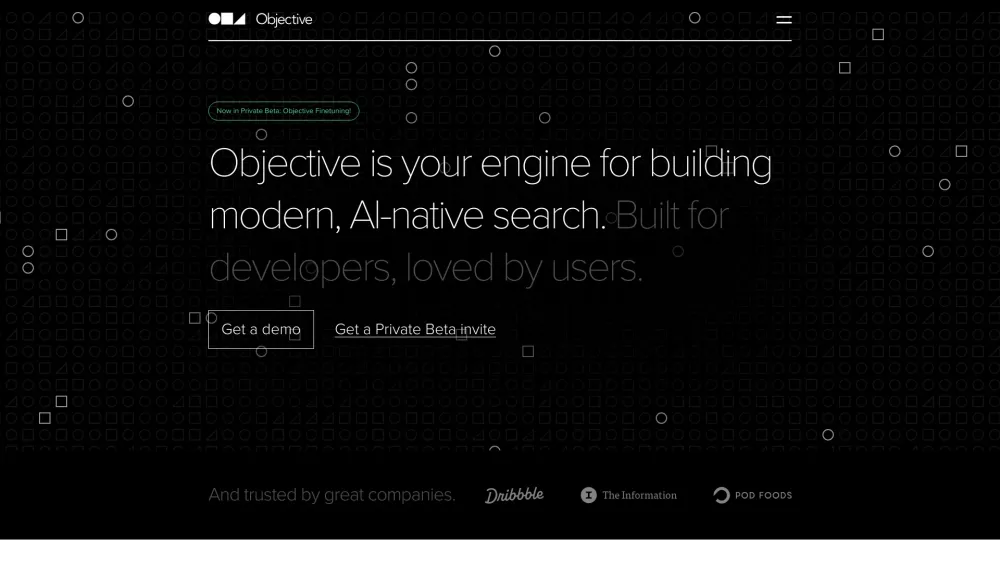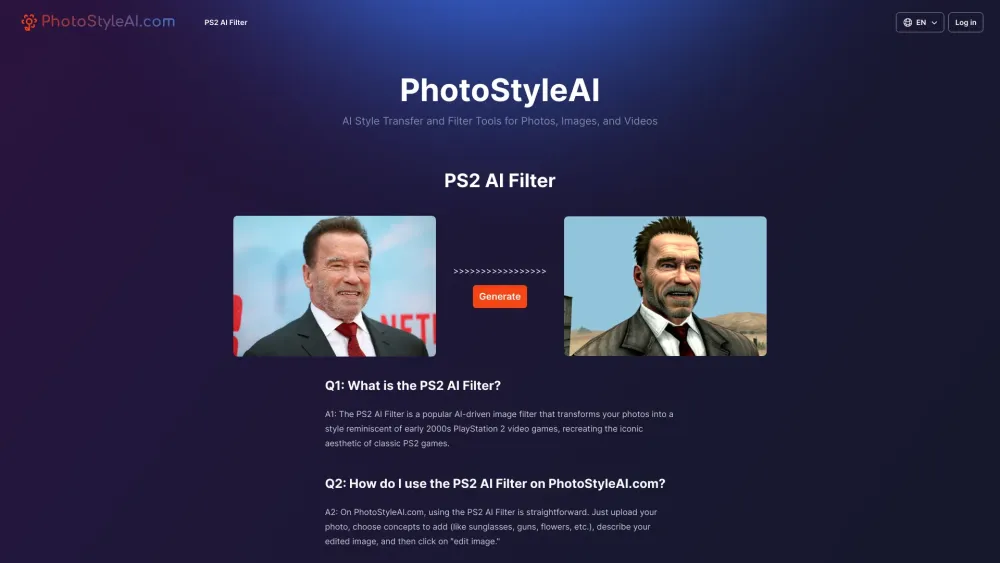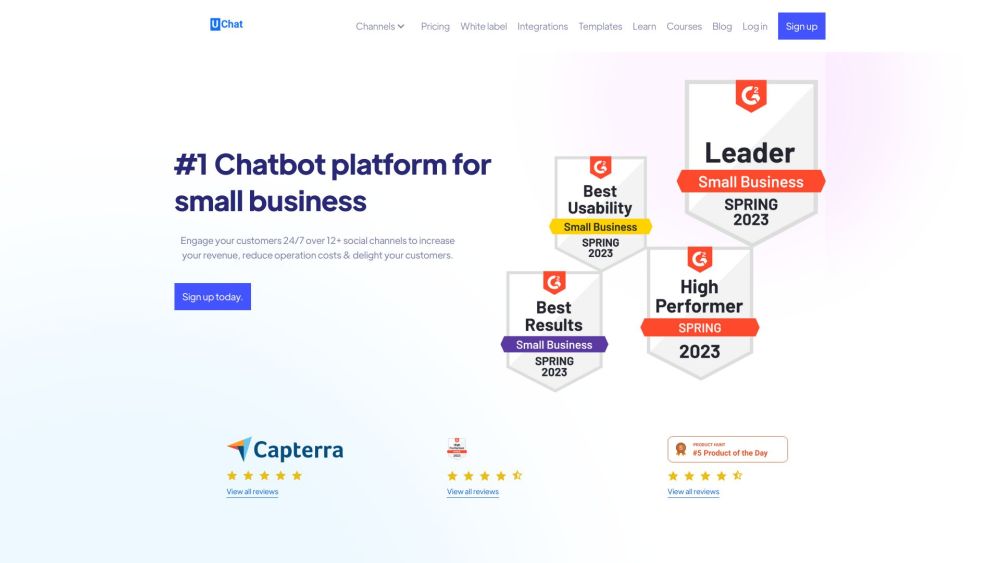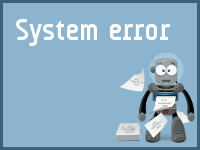Google Unveils ImageFX: An Innovative AI Tool for Image Creation
In a bold move unperturbed by recent deepfake controversies, Google has launched ImageFX, an AI-powered tool designed for image creation. Built on Imagen 2, an advanced generative AI model developed by Google’s DeepMind team, ImageFX features a user-friendly prompt-based interface for both creating and editing images. While it shares similarities with tools like OpenAI's DALL-E 3, Midjourney, Meta's Imagine, and Microsoft Designer, ImageFX introduces a unique feature called "expressive chips." These keyword suggestions empower users to explore “adjacent dimensions” of their creative ideas.
“Crafted for exploration and innovation, ImageFX allows you to generate images with a straightforward text prompt, and then easily refine them using expressive chips,” Google states in its blog.
However, concerns about misuse linger, especially in light of recent events.
Image Safety Precautions
Google asserts that it has implemented measures to prevent ImageFX from being misused. This includes “technical safeguards” designed to restrict harmful outputs, such as violent, offensive, or explicit content. Additionally, ImageFX features a prompt-level filter for “named people,” likely referring to public figures, although Google’s documentation was not entirely clear on this aspect.
“We prioritized the safety of our training data from the start,” Google commented. “Aligned with our AI principles, we also engaged in extensive adversarial testing and red teaming to identify and mitigate potentially harmful or problematic content.”
To enhance protection further, images generated by ImageFX will be tagged with SynthID, a robust digital watermark intended to remain intact even after edits or cropping.
Understanding SynthID
"SynthID watermarks are invisible to the human eye but can be detected for identification purposes,” Google explains in the blog. “With additional insights in ‘About this image,’ users will be informed if an image may have been created using Google’s AI tools when encountered in Google Search or Chrome.”
ImageFX can be accessed through AI Test Kitchen, Google’s platform for experimental AI projects.
Expansion of Imagen 2
In related news, Google has announced the integration of Imagen 2 into more products and services starting this week, including its next-generation AI search experience and the Vertex AI managed services suite.
Imagen 2 is now also being utilized for text-to-image features in Google Ads and Duet AI within Google Workspace. This capability is part of Google's Search Generative Experience (SGE), which has started utilizing Imagen 2 for image generation tasks in Google Image Search. Users can input a prompt to specify the type of image they wish to see, and SGE will provide four results directly within the conversational interface.
Accessibility via Bard and Vertex AI
In Vertex AI, Imagen 2 is accessible through an API for Google Cloud customers, allowing for seamless integration. Furthermore, users can interact with Imagen 2 via Bard, Google’s AI-driven chatbot.
“With Imagen 2, Bard can handle simple or complex prompts, enabling you to create a variety of high-quality images,” Google explains. “Just type a description—like ‘generate an image of a dog surfing’—and Bard will produce custom visuals to bring your concept to life.”
While Google has yet to disclose the data used to train Imagen 2, this is not entirely unexpected, given the ongoing legal debates over the use of publicly available or even copyrighted data for training generative AI models.
Current lawsuits are making their way through the legal system, with companies claiming protection under fair use. However, it may take time before clarity is achieved in this area, and Google seems to be taking a cautious approach by sidestepping this issue for now.




